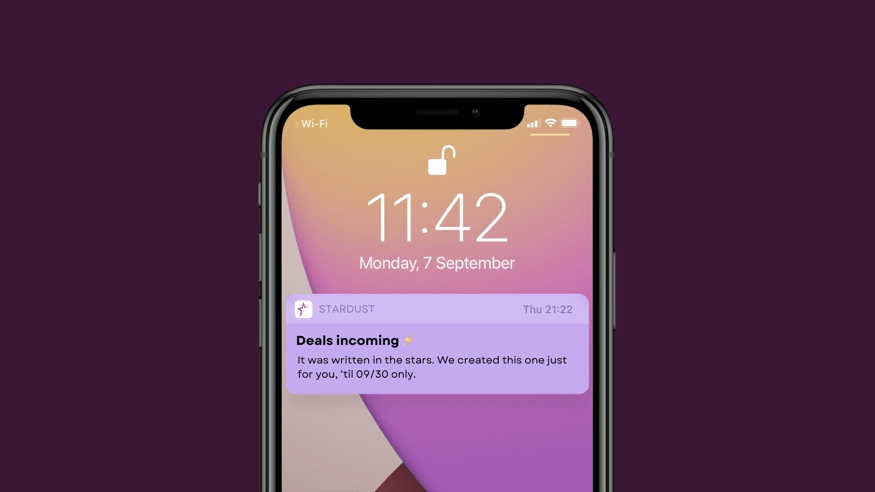Maria Pallante
Mobile Apps: For Known or Unknown Customers?

A question plaguing many brands, especially within the past year, is whether or not their apps should be open to their broader customer base of guests (i.e., unknown users), or solely loyalty program members and registered customers (the latter of which is only providing basic info).
Our short answer? Your mobile app should be for known customers. That is, your registering, existing, active customers—the in-store purchasers, loyalty program members, paid tier members, and subscribers. This typically includes your CRM (email-registered customers or equivalent) as well.

Quality vs. Quantity...
The knee-jerk response for many is to push back against this response. We get it: many brands believe that they should be removing as many barriers as possible to drive a shopping transaction—whether it’s an apparel brand or a fuel company, the objective for most is to drive customers to purchase, no matter the detriment to genuine relationship building. Many may say that, because a customer has downloaded the app, this is the perfect opportunity to communicate with that customer via push notifications, as one example. But we challenge you to consider the following—especially if your app was founded and built for true loyalty, and not a mere transaction mill.
- Are you creating another ghost card issue? If you ever issued physical loyalty cards without registration, you likely understand what this means and probably have a plethora of plastic out there that members may or may not use. These are not your most valuable customers, nor are they the ones you want to track digitally.
- Your known customers are your most powerful asset. They’re going to drive the greatest return and activity overall, setting you up for an ongoing relationship with them. To build reciprocity with your customers is to achieve sustained growth.
- Unknown customers downloading your app ≠ genuine engagement. After an unknown customer downloads your app, it’s not guaranteed that they’ll opt-in to receive further communications. Often, they aren’t even willing to provide you their most basic information, let alone an opt-in to receive push notifications. According to Airship’s 2021 Push Notification Benchmark report, the average push notification opt-in rate is 60%, with reaction rates ranging from 3.4% to 4.6%. Unsurprisingly then, granting guests or unknown customers access to your app inevitably brings with it a lower opt-in rate to push notifications. The fact of the matter is: the customers downloading your app and opting-in to communications are often the same ones inclined to have a deeper relationship with you.
The Benefits of Capturing Known Customers with Mobile Apps
- Building long-term relationships through personalized, relevant communications and information. When you know your customers, you know how to appeal to their wants, needs, and preferences.
- Enabling a foundation that increases sales and conversions, with targeted communications that drive traffic to your app. This can include geofencing, upselling, cross-selling, and reminder notifications.
With these benefits in mind, the best method for gauging the opportunity vs. the risk of an approach such as this one begins with your data. Your customer data will tell the story of their investment—where it’s doing well and where it needs work. After you’ve looked at your online data, research your customer segments. Where are they most alike? What are their demographics? Whose behaviors align? Understanding your customers so well that you can segment them is a positive sign. Most importantly, consider the ROI of investing in your unknown customers (versus your known ones) for your mobile app. Therein lies the answer.
For more on how Bond can help you drive customer engagement with strategy, technology, analytics (including AI) and marketing services, please reach out to us here.
